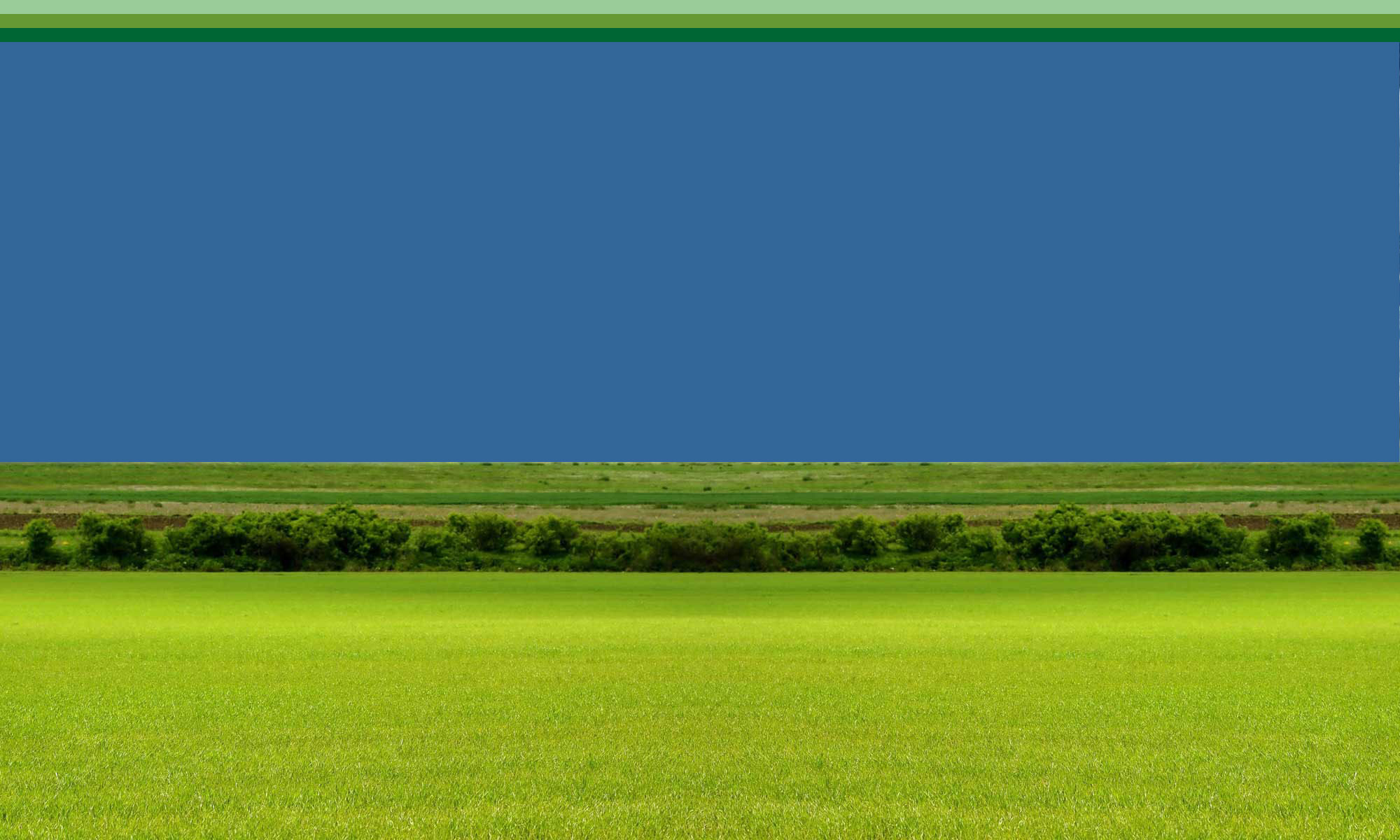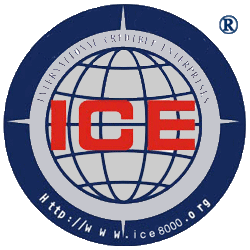Credit Risk and Untrustworthy Risk-World Credit Organization
1.9 Credit risk and dishonesty risk
1.9.1 Credit risk
Credit risk refers to the possibility that the debtor is unable to repay the due debt, which will cause loss of interest to the creditor. Obviously, the term "credit" in "credit risk" refers to credit in a narrow sense.
Currently, most of the works at home and abroad, when referring to or researching credit risk, generally refer to the above definition or similar definitions. Related concepts include national credit risk, bank credit risk, commercial credit risk, and consumer credit risk.
1.9.2 Risk of dishonesty
Because the term "credit risk" in traditional credit knowledge refers to the creditor's claim loss risk caused by the debtor's inability to repay due debts, it cannot cover all risks caused by dishonesty, nor can it cover the risks caused by dishonesty. Therefore, the World Credit Organization (WCO) has launched the term "risk of untrustworthiness".
The risk of dishonesty refers to the possibility of loss of interests or social harm to oneself or others due to the actor's dishonest behavior. Risk of dishonesty can be understood as credit risk in a broad sense.
Because breach of trust is an infinitely broad concept. Therefore, the risk of dishonesty is also an infinitely broad concept, which can include all unnatural risks faced by human beings.
To give an example: A company had an accident, which resulted in the injury of workshop workers. It is the obligation of the producer to maintain the safety of production operations. If the company or related persons fail to fulfill this obligation and cause this result, it is a kind of dishonest behavior. This is the risk of dishonesty before the outcome occurs. If the company formulates a safety operation manual and the workers fail to abide by it, the workers violate their obligations, which is also a breach of trust, and it can also be called a risk of breach of trust before the damage results occur. If the company does not formulate a safety operation manual, according to the company's articles of association, the general manager of the company is responsible for the formulation of the unit's safety system, and the board of directors is responsible for reviewing, then the general manager and the board of directors are also untrustworthy behaviors that have not fulfilled their obligations. Before the accident, this risk was also a breach of trust risk. Of course, credit officers will interpret it as a risk of dishonesty; engineers will interpret it as an operational risk; ISO consultants will interpret it as a quality risk;
1.9.3 Interpretation of risks faced by organizations from the perspective of credit
All risks facing an organization can reasonably be interpreted as a risk of breach of trust. For example, the risk of goods theft by a shipping company can be interpreted as a risk of dishonesty; the risk of internal quality accidents can be interpreted as a risk of dishonesty.
Reasonably interpreting risk as risk of dishonesty can help managers interpret risk from a credit perspective, and help organizations use credit means to prevent and control risks.
Some of the credit tools introduced in this book can help people identify the honesty and willingness of stakeholders, so as to achieve the purpose of identifying and controlling the risk of dishonesty; some credit tools can help people identify the objective performance ability of stakeholders, so as to achieve the purpose of identifying and controlling the risk of dishonesty the goal of.The above content is excerpted from "Introduction to ICE8000 Credit Knowledge" (written by Fang Bangjian, free to use, but please indicate the source)


